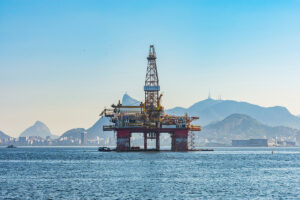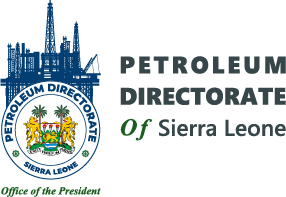- Home
- About us
-
-

EXPLORATION
We provide tools that support your exploration
of our basin, enable your activities, and broaden
your discoveries.
-

THE BASIN
The structural architecture of the basin is
described in three phases, namely the pre-rift,
rift, and post-rift (passive margin phase).
-
- Application
- Exploration
- Regulations
- Press
- Gallery



